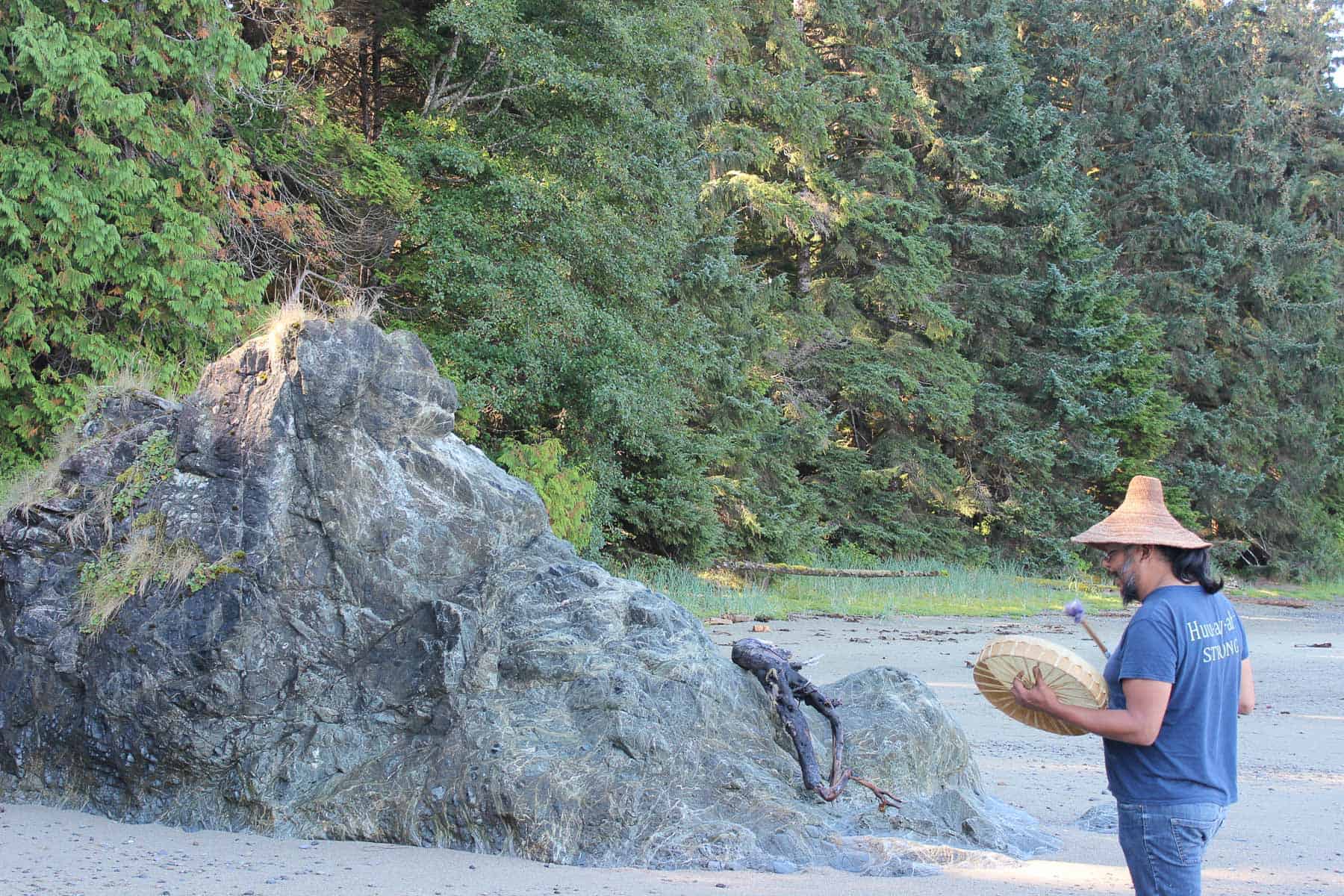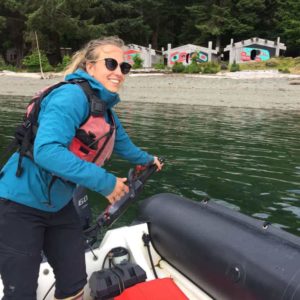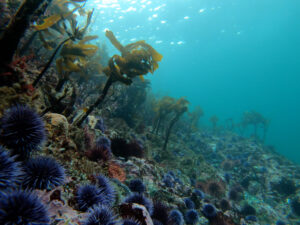
Kiix̣in
An ancient west coast village
On the far west coast of Vancouver Island lies an ancient village site most people have never heard of. Tucked away off the small coastal community of Bamfield, is the ancient Huu-ay-aht First Nations village site known as Kiix̣in (pronounced kee-hin).
The name Kiix̣in comes from the sound of the crashing waves at the base of the village site. It is the only known remaining traditional First Nations village with standing wooden beam house features on the southern BC west coast. The house features are quite similar to what you might expect to find in Gwaii Haanas National Park Reserve’s Haida Watchmen sites, although the structures remaining at Kiix̣in were from a different style of post and beam house.

Kiix̣in was occupied for 5,000 years up until the late 1890s and was considered the Huu-ay-aht capital. A dramatic battle with the Klallum First Nations of the Olympic Peninsula temporarily drove them to relocate up the Sarita River, probably about 250 years ago. Archaeological evidence dates house construction from the early to mid-1800s, after reoccupation of the village.
The Huu-ay-aht territory of Barkley Sound combines the rugged outer west coast of Vancouver Island with the protected waters of the sound. The Huu-ay-aht are part of the Nuu-chah-nulth group whose traditional territory covers a large majority of the west coast of Vancouver Island, as well as parts of the Olympic Peninsula across the Juan de Fuca Strait.
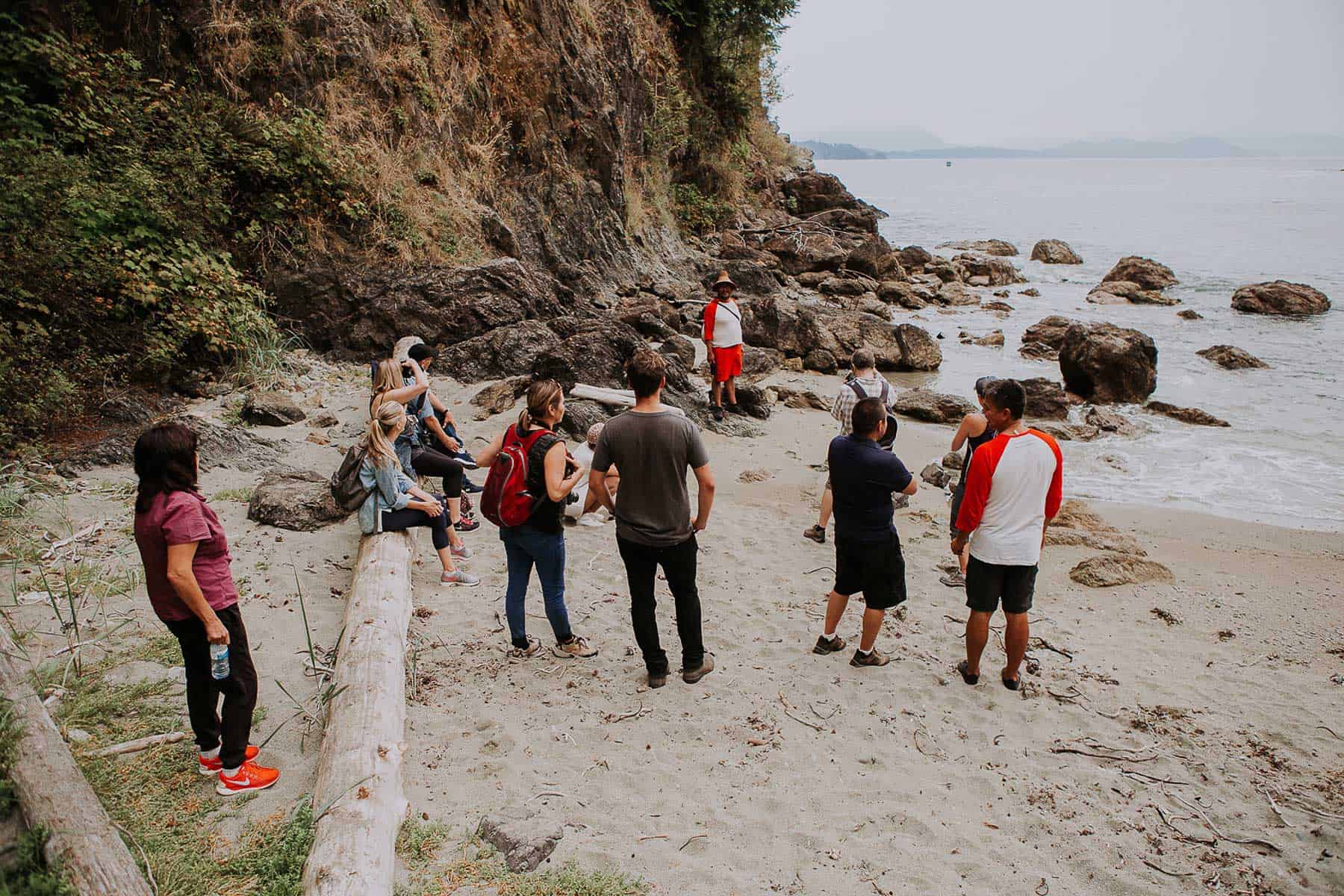
“We bridge across many different areas, and our boundaries were very different than those you see today,” says Trevor Coots, Elected Tribal Counsellor of the Huu-ay-aht First Nation. “We are defined by our lands and our waters and it’s who we are as Peoples. We are part of the water and the land of this place.”
The once bustling community of Kiix̣in was occupied up until the late 1890’s. It was a prime spot for fishing and hunting with easy access to the ocean’s resources, and traditional trade routes that went from Alaska to California.
In the 19th century, Huu-ay-aht were hired as commercial fur seal hunters aboard sailing schooners up and down the coast, with Barkley Sound being a major hub. Due to a poor anchorage with shallow waters in front of Kiix̣in, larger vessels were forced to anchor across the channel. A trading post was set up in nearby Dodger’s Cove as an easier access point for ships. This may have been a contributor to the final move that ultimately left Kiix̣in unoccupied.
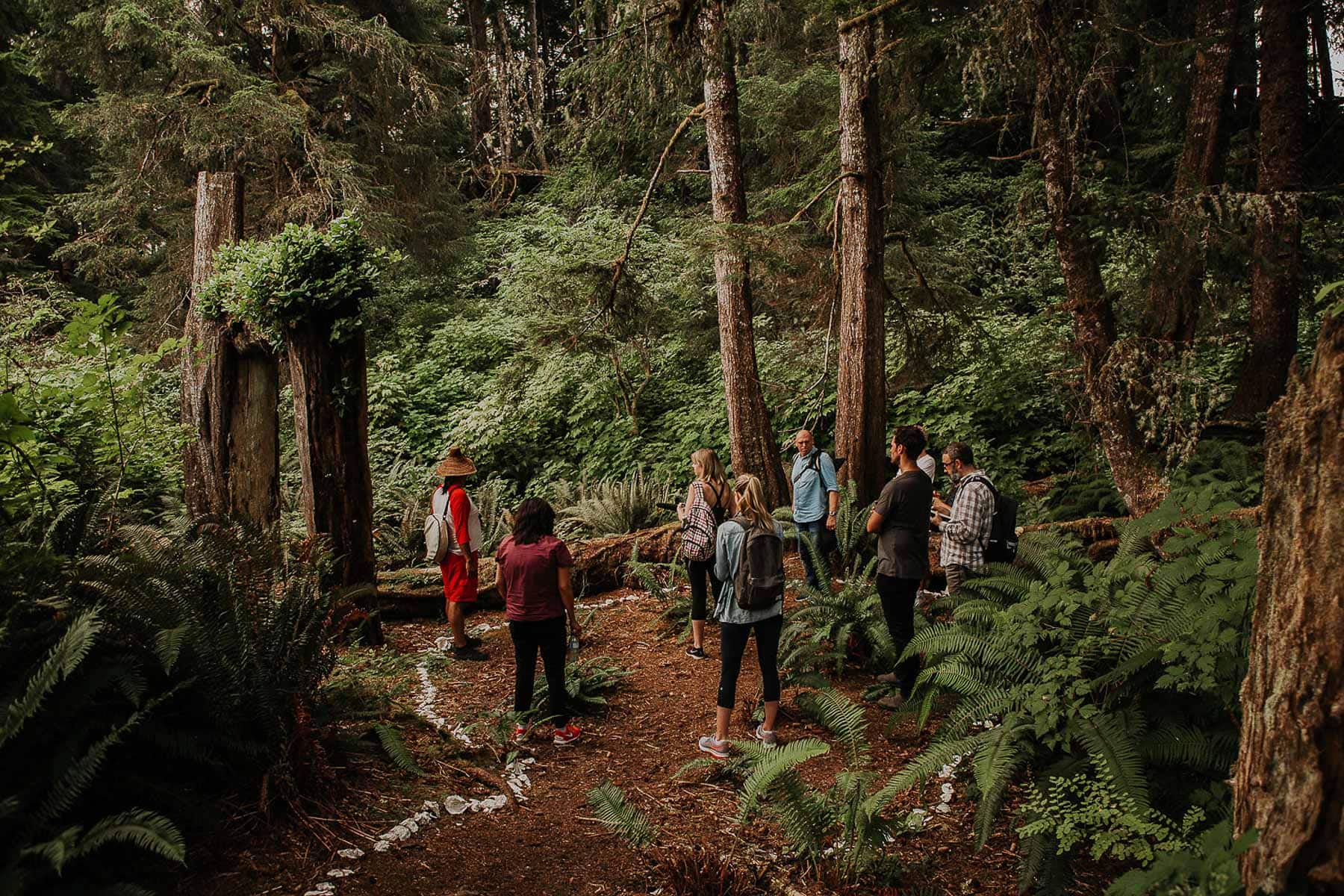
Kiix̣in Village and Fortress was commemorated as a National Historic Site of Canada in 1998. Due to the unique microclimate of the small cove protected from the coast, much of this site has been sheltered from the wind, slowing decay over the years. The Hu-ay-aht First Nations (HFN) Economic Development Department are moving forward to provide an indigenous tourism opportunity for the Nation.
Our Onboard Specialist, Al Mackie, was one of the archaeologists involved with collecting data in 1984 for the National Historic designation process. He returned to the site in 2002 for a dendrochronological study of the site with Parks Canada.
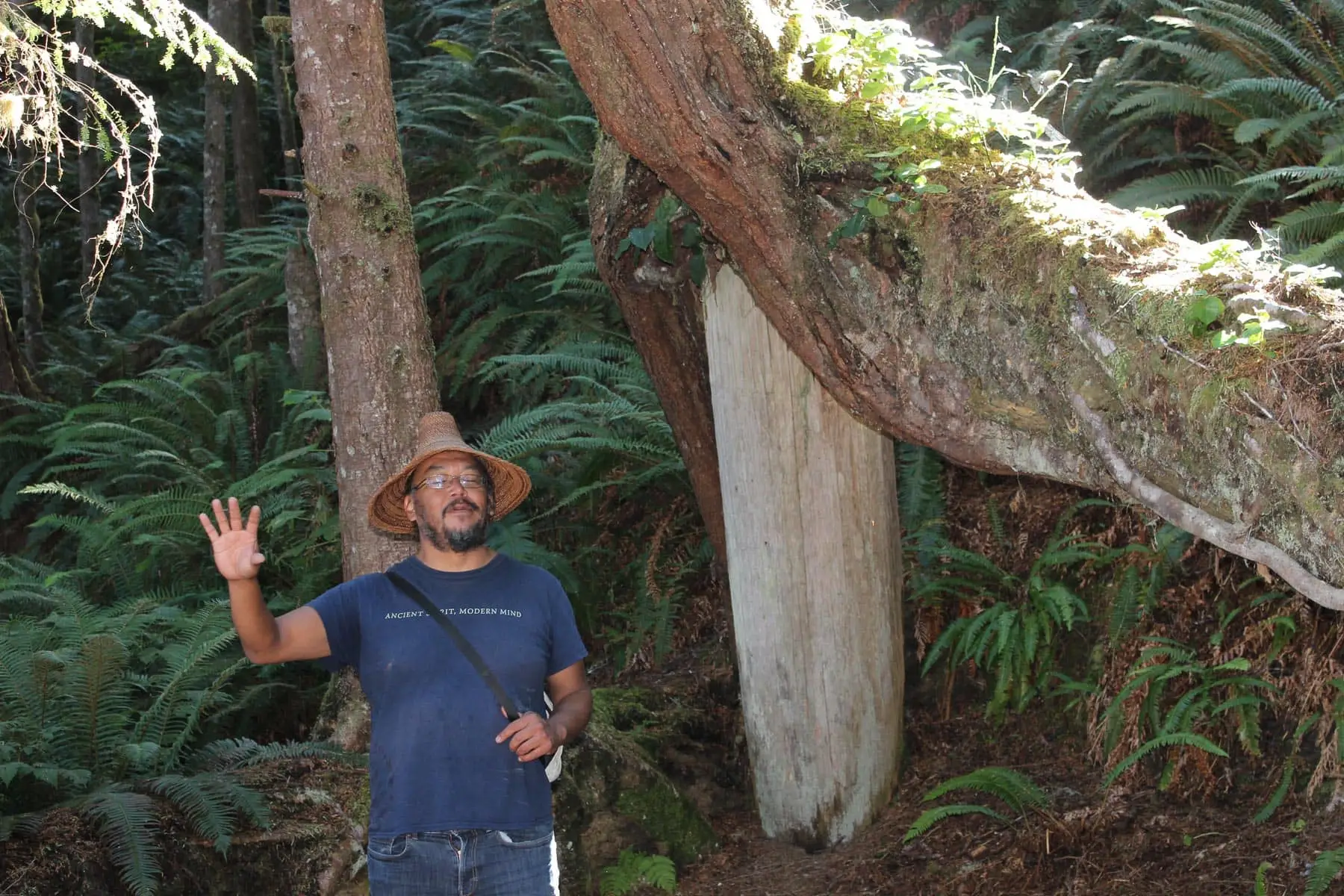
“The site has been occupied for 5,000 years based on radiocarbon dates from auger testing – initial occupation was at the west end when sea level was a few metres higher. It was only in the past few hundred years that the rest of the village area was built, ” Al informs me. The later of the houses are what we see today and including the Tyee Ha’wilth’s, or Chief’s house.
The plans for tourism at Kiix̣in are drawing from the Haida and Parks Canada experience with the renowned Haida Watchmen Program. We’re very excited to include a visit to the Kiix̣in Village for our Pacific Rim expeditions in April 2019, led by Huu-ay-aht Traditional Knowledge Holders to teach us about this ancient land.
